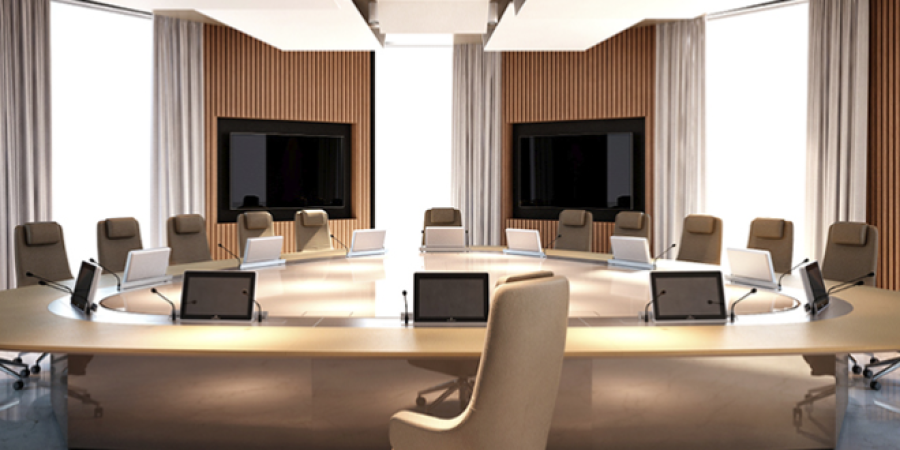There are many who venture to predict how the meeting and conference rooms of the future will be. And, among all the trends suggested, there is one prevailing over the others: the key lies on the people and their creative intelligence.
According to the World Economic Forum, creative intelligence is one of the three main abilities every company needs to develop facing 2020 if they want to thrive in the competitive and complex environment of the Fourth Industrial Revolution.
The other two are the ability to solve complex problems and the critical thinking.
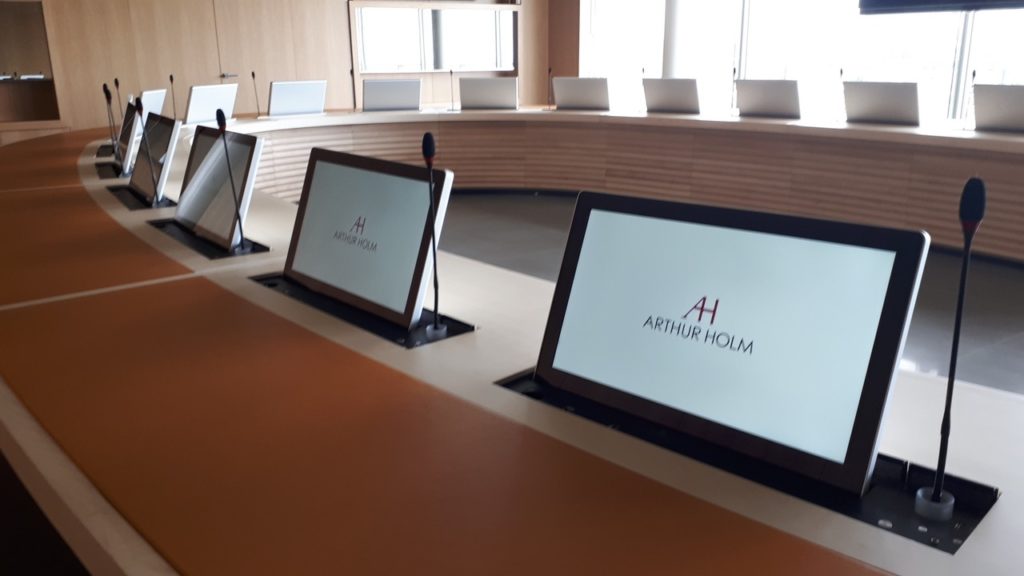
There are many who believe creative intelligence is the key element behind progress and the engine powering change urging proactivity.
As digital transformation and fourth industrial revolution
As digital transformation and fourth industrial revolution are both concepts going together, it seems logical that this kind of intelligence is a component of companies leading this evolutionary process and one of the goals to achieve for those following their steps. But do not forget that to talk about creative intelligence we also need to talk about the ability to analyse deeply an issue, finding inventive and ingenious solutions and combining all with trust and other abilities needed to sail through uncertainty and chaos.
Humans need spaces allowing us to hold meetings that become memorable experiences, that promote the ideas exchange, that inspire us, that enhance creativity, conflict resolution and decision making.
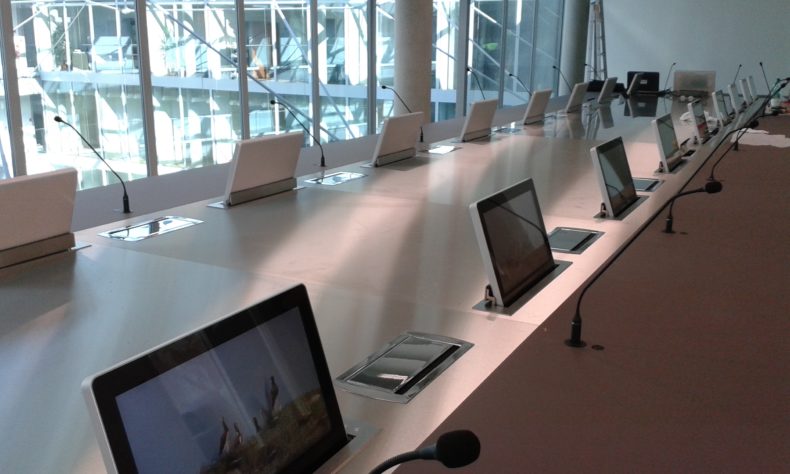
We will start by analysing which the main objectives of meetings are:
- • Creating experiences to foster creativity, to solve conflicts and find solutions
- • Focusing and gaining attention
- • Encouraging participation and commitment of all participants
- • Being more productive and efficient
- • Making decisions
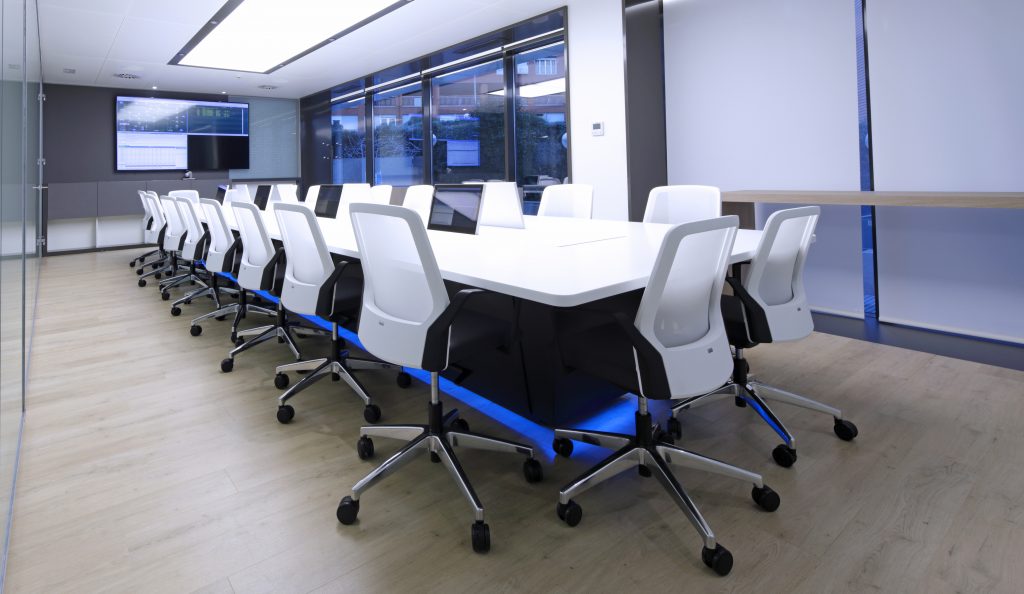
Therefore the focus must be on people and not on technology. Technology must serve people and not the other way around. How many times we have accessed a meeting space that was not ready? How much time have we wasted connecting and synchronising equipment? Finding the right cable? Gathered around a cable-crammed table? With low visibility of screens or forcing us to turn uncomfortably to view the data? User should be concerned only about the contents and purposes of the meeting, spaces should be easy to use and easy to maintain. Technology should be at the service of design. Steve Jobs himself said: “Design is not just what it looks like and feels like. Design is how it works”.
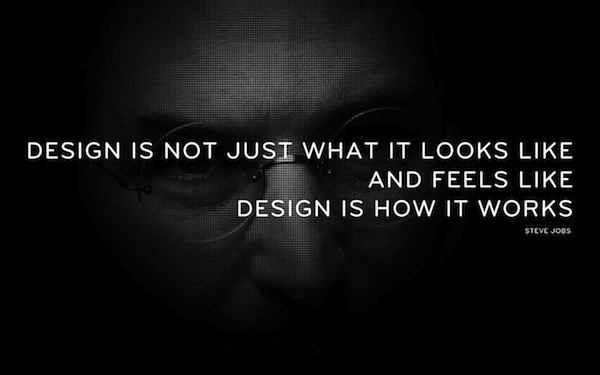
Design and functionality should always go hand in hand. Using technology integrated in the same meeting table makes processes easier and also the activity of the space itself. Meeting tables are the axis all the creative and decisive process goes around. Working in a clean and organised space whose technology is subtly integrated in the table design is a whole experience on its own. Working with aesthetic and intuitive solutions which are also easy to use, customisable and consistent with the corporate identity of each company, which are designed to appear silently and harmoniously only when required by the user and disappearing carefully to eliminate any barrier for interpersonal communication, is already a proper act that concentrates the experience on people.
And technology should foster creative thinking openly.
